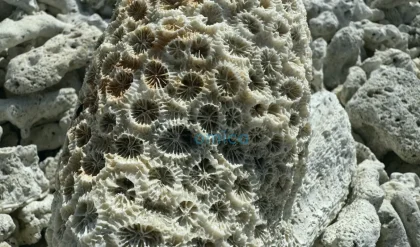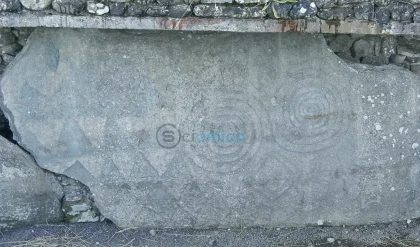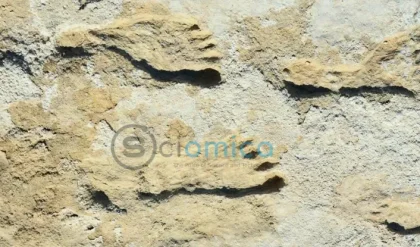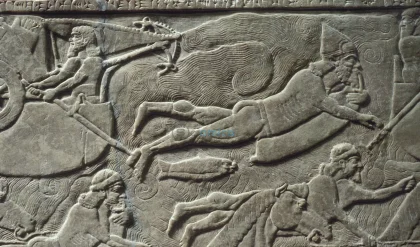
A groundbreaking study from the Hebrew University of Jerusalem has revealed a previously unknown mechanism by which the SARS-CoV-2 virus, responsible for COVID-19, may inflict immune-mediated damage on cells that it hasn’t directly infected. This research, led by PhD students Jamal Fahoum and Maria Billan, represents the collaborative efforts of Dr. Alexander Rouvinski, Prof. Ora Schueler-Furman, and Prof. Reuven Wiener, along with contributions from clinicians including Dr. Dan Padawer and Prof. Dana Wolf. Their study emphasizes the importance of integrating clinical insights with fundamental research to uncover the complexities of viral infections.
Published in the journal Cell Reports, the study focuses on the nucleocapsid protein (NP) of the virus, which is traditionally recognized for its function in packaging viral RNA within infected cells. However, the researchers found that this protein can spread to neighboring uninfected epithelial cells, binding to their surfaces and misleading the immune system. When NP is present on these otherwise healthy cells, it is misidentified by the immune system, which triggers the production of anti-NP antibodies that erroneously target these cells for destruction. This misdirected immune response activates the classical complement pathway, resulting in inflammation and cellular damage, potentially contributing to severe outcomes in COVID-19 patients such as complications leading to long COVID.
By utilizing laboratory-grown cells and advanced imaging techniques, the research team investigated how NP attaches to healthy cells. They discovered that NP binds to specific sugar-like molecules called Heparan Sulfate proteoglycans located on the surfaces of many cells. This binding leads to the aggregation of the viral protein on healthy cells, which then forms clusters that attract the immune system’s response, ultimately culminating in damage to both infected and otherwise healthy cells within the organism.
The implications of these findings are significant, as they provide a clearer understanding of how the immune system can be misled during COVID-19 infections. Moreover, the research has opened up new avenues for treatment options. Notably, the researchers found that the anticoagulant drug enoxaparin could effectively block the interaction between the viral protein and healthy cells. Acting as a heparin analog, enoxaparin competes for the same binding sites that NP would use, thereby preventing the protein from attaching to cells. In laboratory tests, enoxaparin demonstrated its ability to inhibit NP attachment and subsequently protect healthy cells from undesired immune system attacks.
This study sheds light on the intricate relationship between viral proteins and immune responses, potentially paving the way for therapeutic strategies aimed at preventing immune-driven tissue damage in COVID-19 and other viral infections. The research was supported by several foundations, highlighting the collaborative nature of scientific inquiry.
The authors have dedicated their work to the memory of the late Prof. Hervé (Hillel) Bercovier, acknowledging his influence and mentorship in the field of microbiology. As the scientific community continues to explore the ramifications of these findings, there’s hope that such research could contribute to improving treatment options for COVID-19 and enhancing our understanding of immunological responses to viral pathogens.
Reference:
- Jamal Fahoum, Maria Billan, Julia K. Varga, Dan Padawer, Yelena Britan-Rosich, Maya Elgrably-Weiss, Pallabi Basu, Miri Stolovich-Rain, Leah Baraz, Einav Cohen-Kfir, Sujata Kumari, Esther Oiknine-Djian, Manoj Kumar, Orly Zelig, Guy Mayer, Michail N. Isupov, Dana G. Wolf, Shoshy Altuvia, Reuven Wiener, Ora Schueler-Furman, Alexander Rouvinski. Transfer of SARS-CoV-2 nucleocapsid protein to uninfected epithelial cells induces antibody-mediated complement deposition. Cell Reports, 2025; 44 (5): 115512 DOI: 10.1016/j.celrep.2025.115512






